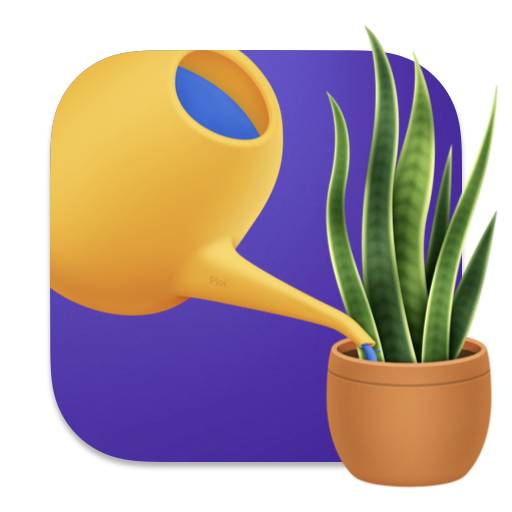Brassica tournefortii aka Asian Mustard
Taxonomy ID: 20746
Common names
Asian Mustard, Pale Cabbage, African MustardMore information about Asian Mustard
What is the region of origin of Asian Mustard
Asian Mustard’s native range is Europe - E. Mediterranean to W. Asia.
What is the sunlight requirement for Asian Mustard
Asian Mustard thrives in bright and direct sunlight. To ensure your plant receives enough light to survive, place it less than one foot from a window. The current weather in your area may affect the placement in your home. For example, if you live in a region that has longer and more intense periods of sunlight, then you may want to place the plant farther away from the window to avoid direct sunlight and reduce the risk of sunburn. Alternatively, if you live in a region with relatively milder temperatures and less intense sunlight, then you may be able to place the plant closer to the window for increased exposure. Ultimately, the current weather in your area should be taken into consideration when determining the best placement for your African Mustard.
Is Asian Mustard toxic to humans/pets?
No verified data on the toxicity of this plant exists within Ploi's records. Should you, someone in your family, or your pet ingest plant material with an unknown toxicity level, it is recommended to seek medical advice.
More Species in Brassica Genus

Brassica oleracea Cabbage
Brassica rapa oleifera
Brassica balearica

Brassica rapa Field Mustard

Brassica oleracea acephala Tree Collard
Brassica montana Broccoli

Brassica nigra Black Mustard

Brassica elongata Long Stalk Rape



